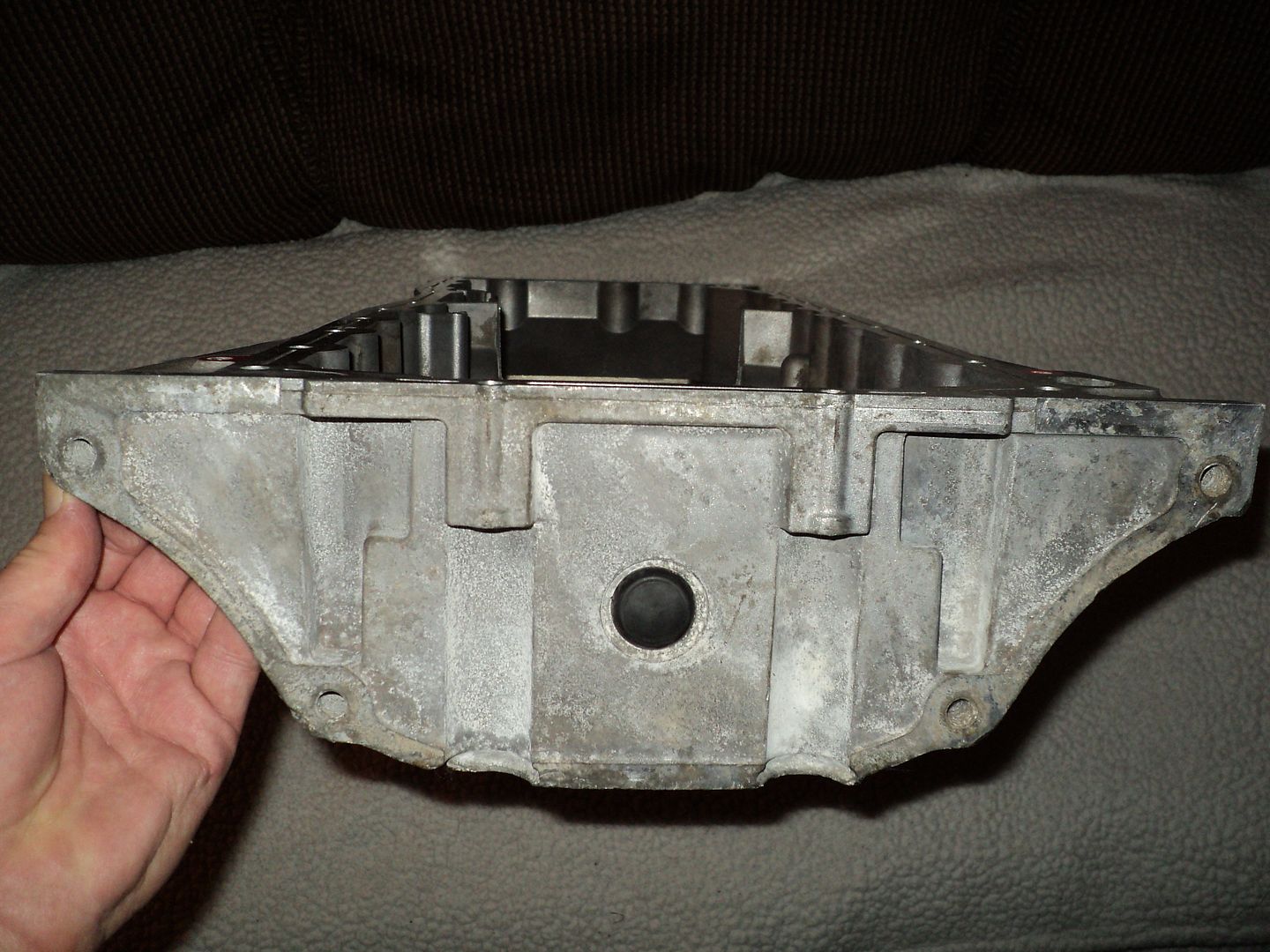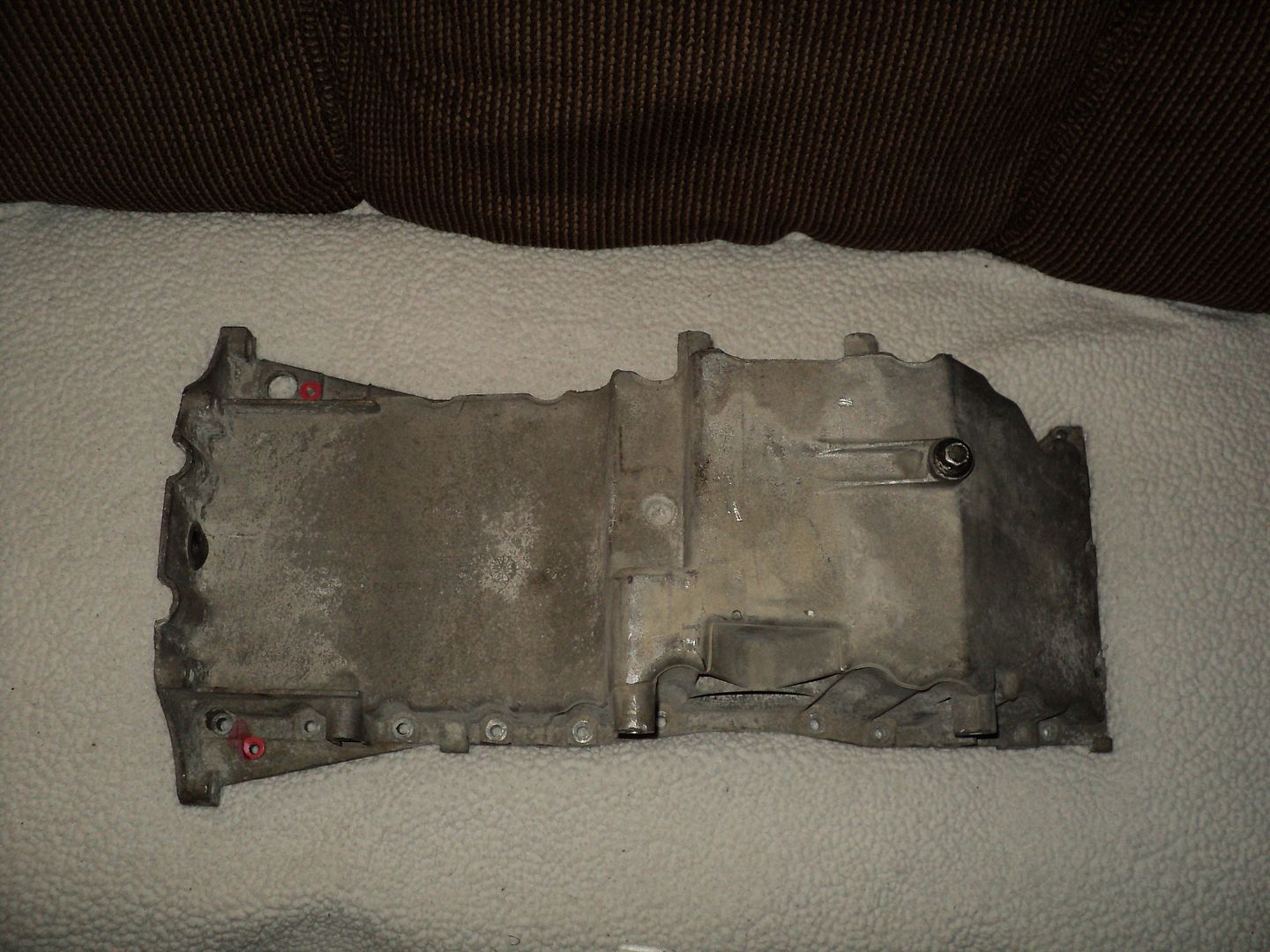All the bolt holes were clean and dry until I used a very, very light coating of arp ultra-torque bolt lube on the threads and on the washer per their recommendation of taking 2 bolts and using the threads to spread it around and into the threads of both bolts, then wiped off any excess, of which there was very little.
None of this should have caused any sort of mechanical malfunction or catastrophic failure or the bolt holes. Still, the engine assembly lube wasn't anywhere close to the holes. That's why this doesn't make sense to me.
I used the Permatex Ultra Slick assembly lube on the head while it was on the workbench, before I set it on the block. After I put it on the block, I dabbed a small drop on each cam lobe and that was it. Ughhh. I made sure each bolt hole was still clean and dry before I installed the bolts so I'm sure there wasn't any lube accumulated in the holes.
Being that these are TTY bolts, and knowing how the arp lube works, it doesn't make sense that it would cause the bolts to not put the correct clamping load on the head. That's what it's for. It removes the friction and allows the clamping force and bolt stretch to be what determines torque/clamping load and not bolt friction. It makes it so you get a true reading from the bolt stretching to yield instead of working against the forces of friction and not reaching its yield point.
Is it possible the bolts aren't clamping as tight as they should for some reason, you think? But that still wouldn't explain how the Permatex Ultra Slick engine assembly lube got to the headgasket and then squeezed out between the block and head.
I guess it's possible I put the headgasket on upside down and the drain holes are blocked but I doubt it. Hmmm.
Either way, I have to buy new head bolts, don't I? I'm guessing the cam sprocket bolts are ok unless I need to remove them, also.
Speaking of the cams, I rotated the engine through and it took 14 revolutions to get it back in time. Is that correct? I thought I read 13?
Edit: I did just remember that at one point, the engine was cocked at about a 5* angle on the engine stand, as if someone started to rotate it over 180* to install the oil pan, for example, and stopped. Maybe that caused the assembly lube to possibly leak down the walls of the oil drain back holes, and into the parting line between block and heads? It wasn't bolted down at that point. I just remembered this.
None of it was visible in the parting line until I got the head torqued down. So it had to be accumulated on the headgasket and/or below it on the block and was squeezed out when I torqued it down, I would think.
This is the kind of stuff I run into when I'm on a deadline. Things no one has ever heard of. Class ends in 2 weeks and we just missed the last 3.5 weeks due to the instructor being out sick and a week for Spring Break. He's still not back. They had a guy that just graduated come substitute. Yesterday, he said the guy probably won't be back.
Sorry this is so long. I've edited it 4 or 5 times to add information as I remembered it. So here's the obligatory visual reference. I got a few pics of all 4 sides.











